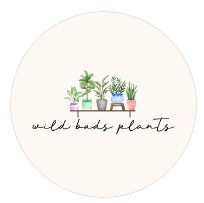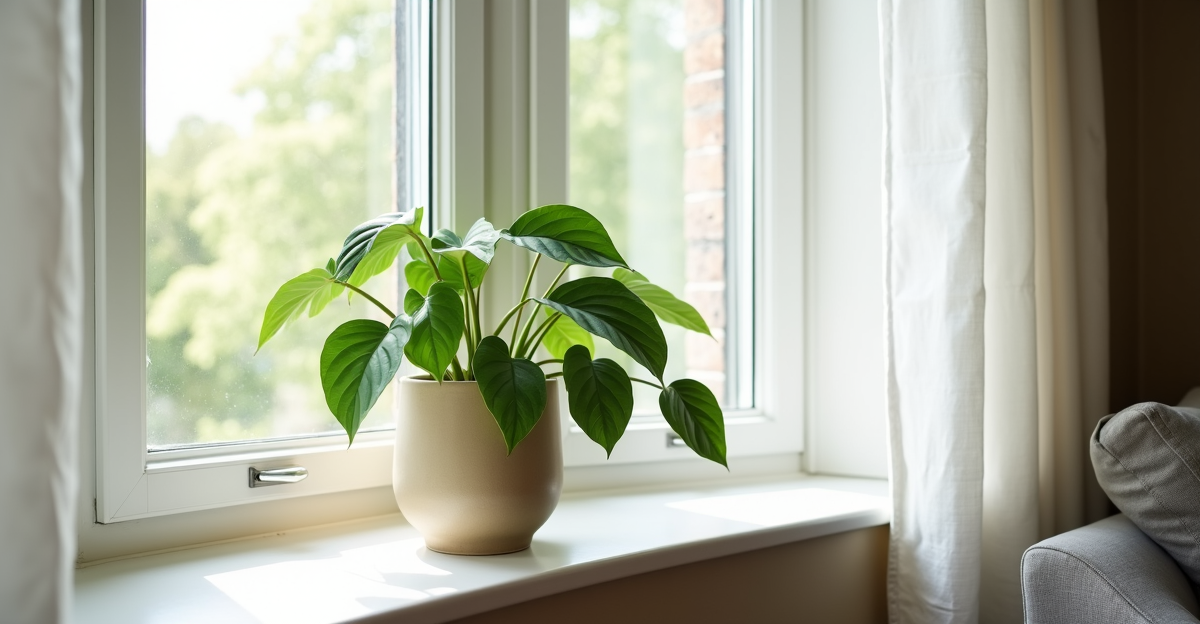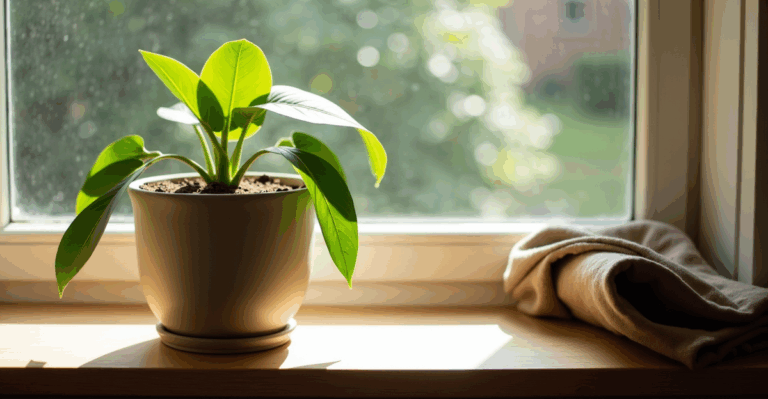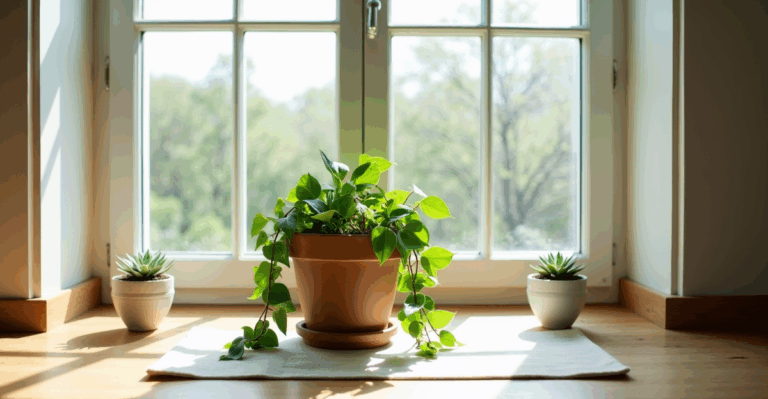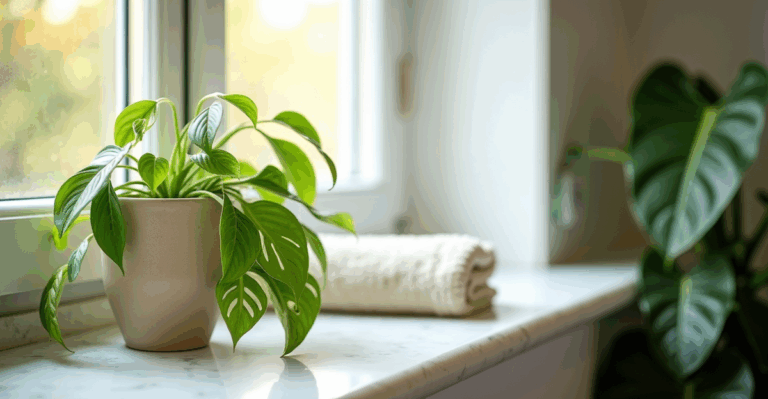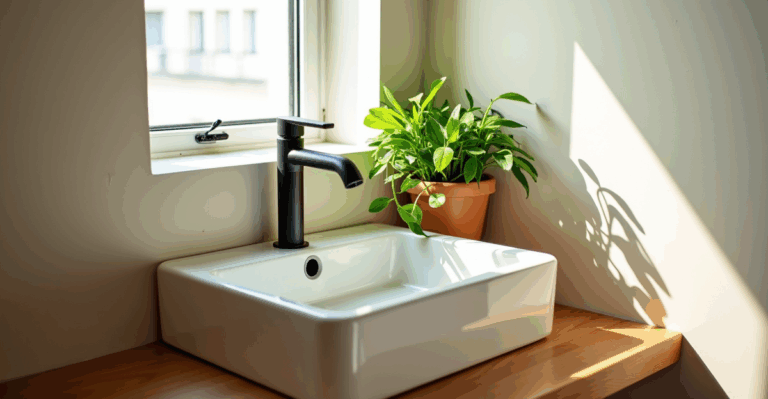Your Bay Window’s Secret Weapon: Styling Philodendron Without the Toxic Tangle
We’ve all been there. That sun-drenched bay window looks perfect for a lush philodendron—until you place it there and watch the leaves curl into tiny fists. Or worse, you catch your cat giving a suspicious sniff to a new vine, and panic sets in. The truth? Styling a bay window with philodendron (especially if you share your space with furry friends) isn’t just about aesthetics. It’s about understanding where your window actually gets light, how your potting mix breathes, and why “pet-safe” means more than just picking a non-toxic plant.
Philodendrons are amazing—hardy, fast-growing, and forgiving for beginners. But they’re not all the same. A heartleaf philodendron (Philodendron hederaceum) thrives in the gentle glow of an east-facing bay window, while a larger, more demanding variety like Philodendron bipinnatifidum might need that south-facing spot with a sheer curtain. And if your cat insists on napping on your windowsill? You need to know exactly what you’re working with.
Let’s ditch the fluff and focus on what actually makes a bay window philodendron thrive (and stay safe) for real people in real homes.
1. It’s Not About “Bright Light”—It’s About Where the Light Hits
Most guides say “bright, indirect light.” But in a bay window? That’s a lie. The corner might get dappled shade from the building, while the center catches harsh afternoon sun. East-facing bay windows (sunrise light) are ideal for most philos—they get gentle, consistent warmth without burning leaves. West-facing? Only if you have a sheer curtain to diffuse the fierce afternoon rays. South-facing is a gamble—unless you have a heavy curtain, it’s usually too intense.
The Hidden Cost of Ignoring Window Geometry:
We’ve seen so many philos droop or develop scorched patches because they were placed “in the window” without checking the exact light path. It’s not about the window’s direction—it’s about how much sun actually reaches your plant at your specific time of day.
How to Test It:
Stand where you’d place the plant at 10 AM (east) or 3 PM (west). If your shadow is blurry, it’s perfect for a philodendron. If it’s sharp and clear? That’s too direct. Add a sheer curtain before you buy the plant.
Real Example:
Sarah’s north-facing bay window (no direct sun) felt “too dark” for her philodendron. But she placed it near the window (not in it), on a small shelf where the reflected light was stronger. It thrived. Not because the window was “bright,” but because she worked with the light she had.
2. Watering Isn’t a Schedule—It’s a Soil Check (Especially in Bay Windows)
Bay windows often have unique airflow patterns (drafty corners, stagnant pockets). This affects how fast soil dries. Overwatering is the #1 killer of indoor plants—and in a bay window, it’s easy to overdo it because the plant looks “happy” with all that light.
The Myth We’re Fixing:
“Water when the soil feels dry.” No. That’s how you get root rot. Let the top 2–3 inches of soil dry out (use your finger, not a guess). In a bay window’s dry, airy corner, this might mean watering every 7–10 days. In a humid, sheltered spot, it could be 2–3 weeks.
Why Pot Type Matters (And Your Cat Might Care):
– Terracotta/Ceramic (unglazed): Breathes well, dries faster. Ideal for bay windows (helps prevent overwatering). But it can be heavy—think about moving it for cleaning.
– Plastic: Holds moisture longer. Risky in bay windows unless you’re meticulous about checking soil.
– Self-Watering Pots: Not recommended for philos—they love to dry out between waterings. Too much moisture = root rot.
Pet-Safe Note: Avoid plastic pots with sharp edges or non-toxic paint (some cheap pots have lead-based glazes). Stick to unglazed terracotta or food-grade plastic for safety.
3. “Pet-Safe” Isn’t Just a Label—It’s About the Whole Setup
Philodendrons are mildly toxic (they contain calcium oxalate crystals, causing mouth irritation if chewed). They’re not deadly like lilies, but they are a reason to rethink your display. A cat won’t die from a few bites, but it will make them gag and avoid the plant.
The Real Safety Hack:
Don’t just choose a pet-safe plant—choose a pet-safe display.
– Elevate the plant (on a high shelf or wall-mounted planter) so curious paws can’t reach it.
– Use a riser (a small ceramic tile or wooden block) under the pot. This hides the soil and keeps the plant out of reach.
– Add a deterrent (like citrus peels or a pet-safe spray) around the base—not on the plant.
Why This Works:
Our friend Mark tried the “pet-safe” label for his cat’s food bowl. His cat ignored it. But elevating his philodendron above the cat’s reach? That was the real solution.
4. Styling Your Bay Window: Small Shifts, Big Impact
A bay window isn’t a blank canvas—it’s a space with angles, depth, and light. Your philodendron shouldn’t just sit there. It should work with the architecture.
The Mini-Case: East-Facing Bay Window (The Goldilocks Spot)
– Plant: Heartleaf philodendron (Philodendron hederaceum)
– Pot: Unglazed terracotta (3–4″ pot, with drainage holes)
– Setup:
– Place the plant slightly off-center on the window ledge (not in the corner where light is patchy).
– Add a small, natural fiber moss pole (for climbing vines) or let it trail over the edge.
– Place a shallow tray under the pot (to catch drips) but not so deep it traps moisture.
– Why it works: The east light is gentle, the terracotta dries at the right pace, and the off-center placement avoids the driest corner.
Avoid These Mistakes:
– Placing the pot right at the corner (where light is weakest and air is stagnant).
– Using a ceramic cachepot without a liner (traps water and leads to root rot).
– Choosing a pot that’s too big (holds too much water for a small plant).
5. Edge Cases & What to Watch For
Scenario 1: Your bay window gets harsh afternoon sun (west-facing), and your philodendron’s leaves turn yellow.
→ Fix: Move it to the center of the window (not the edge) and add a sheer curtain. Don’t try to “fix” it with more water—yellow leaves mean too much sun, not too little.
Scenario 2: You use LECA (clay pebbles) for your philodendron, but it’s struggling.
→ Why: LECA holds moisture too well for most philos in a bay window. They need to dry out between waterings. Solution: Mix 30% LECA with 70% standard potting mix (like aroid mix with perlite). Or switch back to soil-based mix for reliability.
Scenario 3: Your cat keeps trying to nibble the vine.
→ Fix: Elevate the plant (use a hanging planter on the window frame, not the ledge). Never spray the plant with bitter deterrents—this can harm the leaves.
The Bottom Line: It’s About Working With Your Space, Not Against It
Styling a bay window with philodendron isn’t about finding the “perfect” spot. It’s about observing where your light falls, listening to what your plant needs (not what a guidebook says), and safely integrating it into a home where pets roam. You don’t need expensive gear—just a little patience and the right pot to help your plant thrive.
And when you finally get it right? That moment when your philodendron actually starts to climb the wall, the leaves are glossy, and your cat just stares at it with indifference? That’s the joy we’re talking about.
When you’re ready to grow your setup, explore our 3D-printed planters.
Key Takeaways
– Test light in your bay window at the time of day you’ll place the plant.
– Use unglazed terracotta pots for better drainage (and pet safety).
– Elevate your plant if pets are curious—don’t just rely on “pet-safe” labels.
